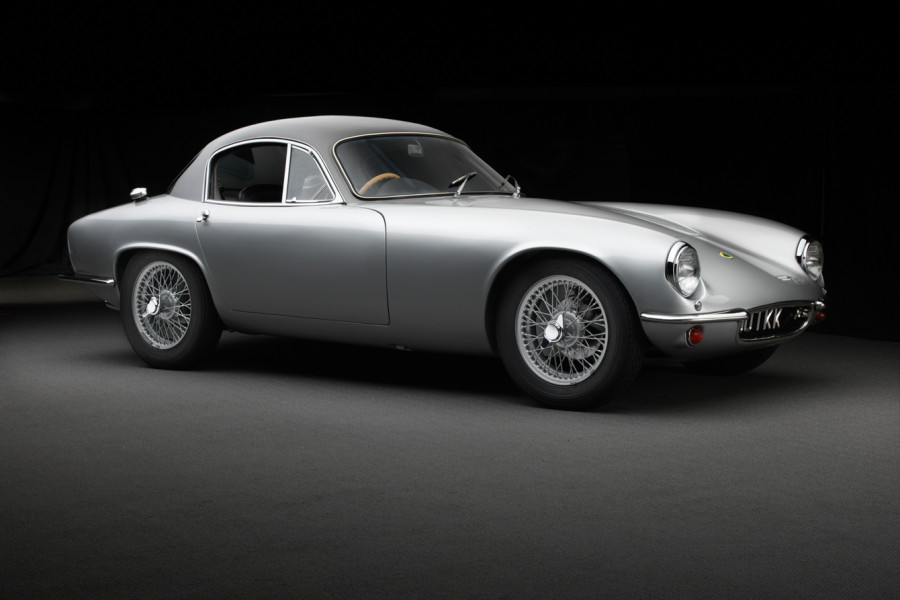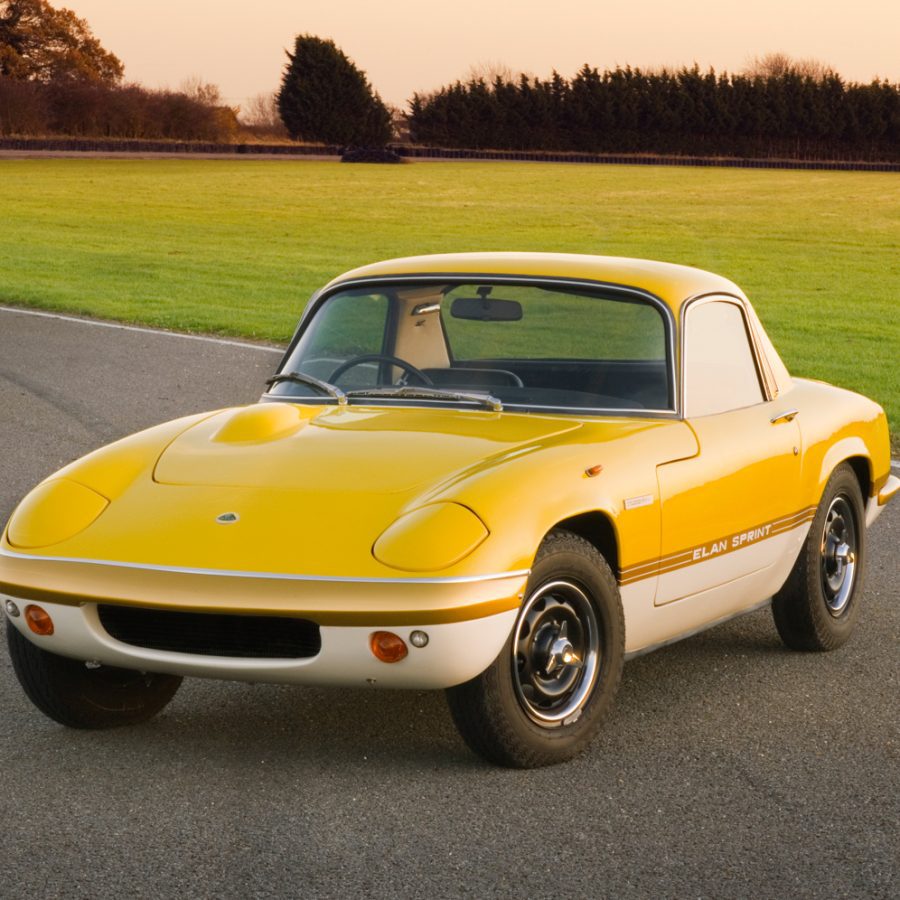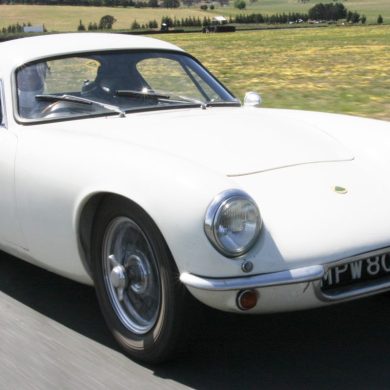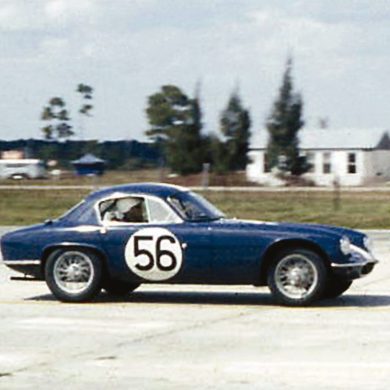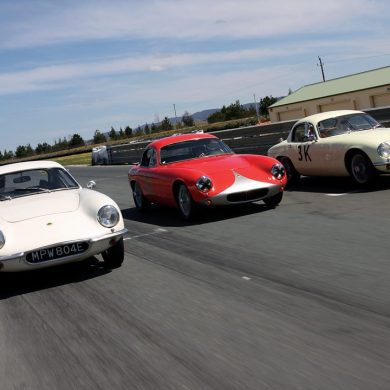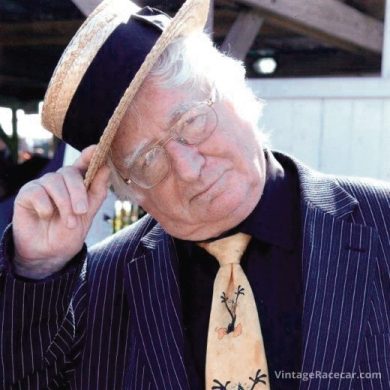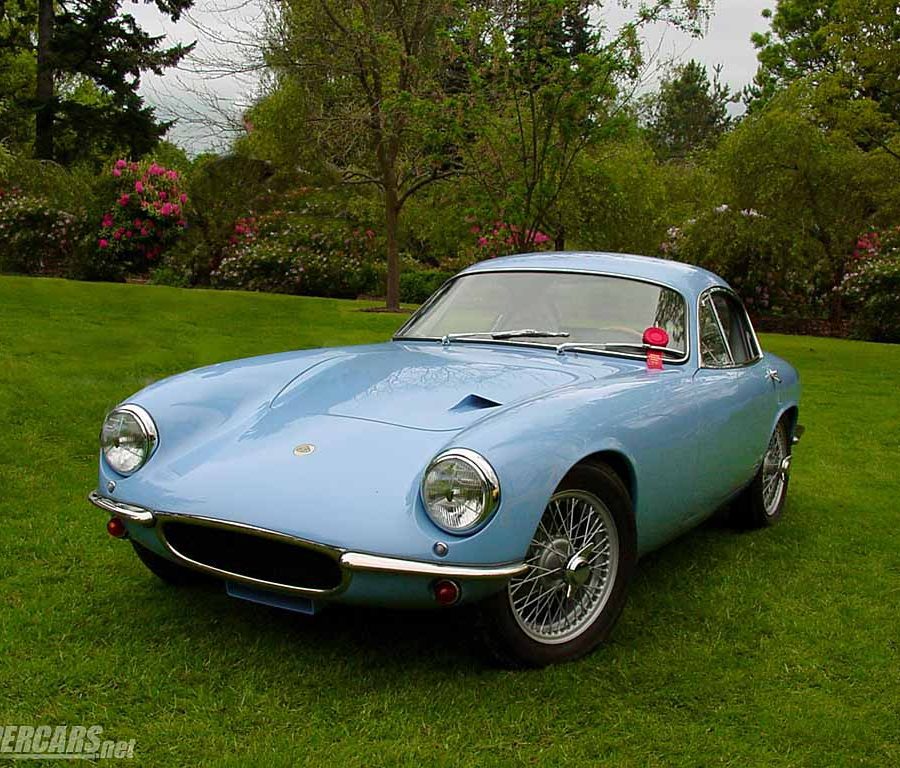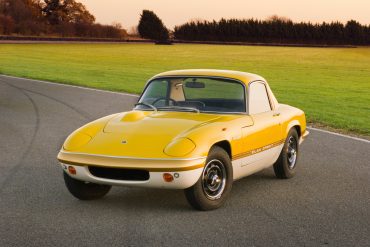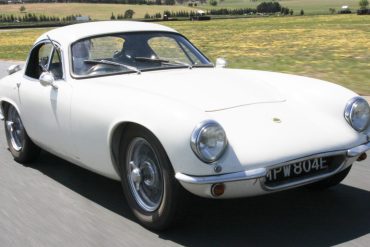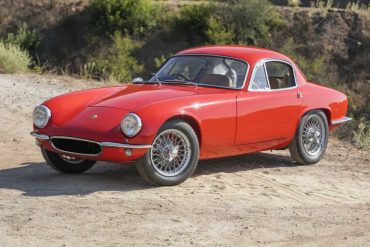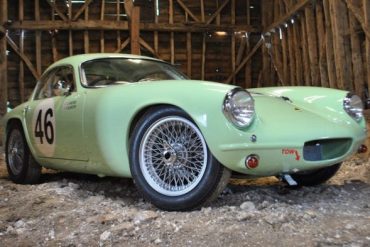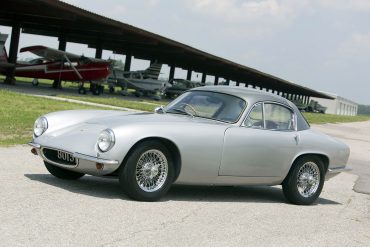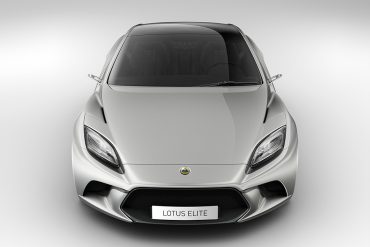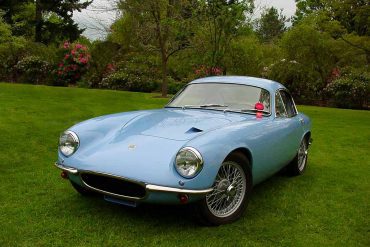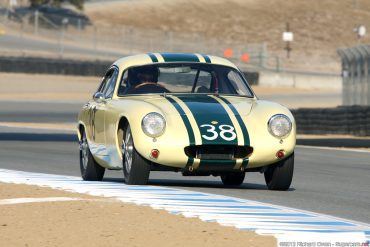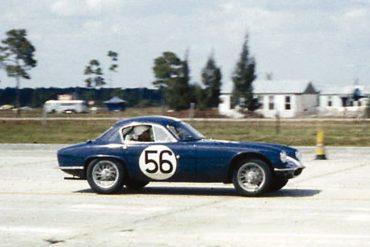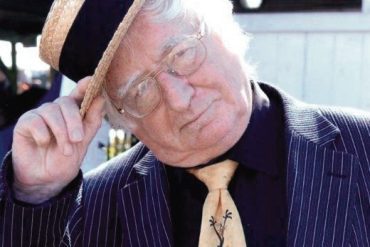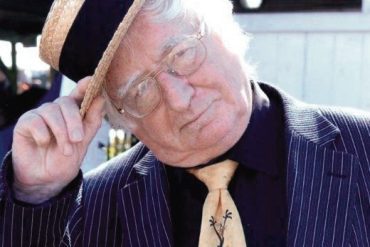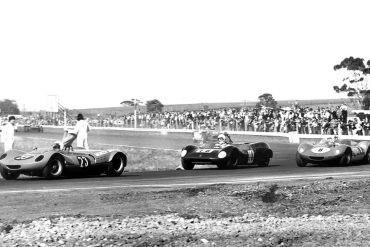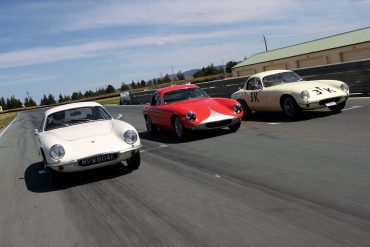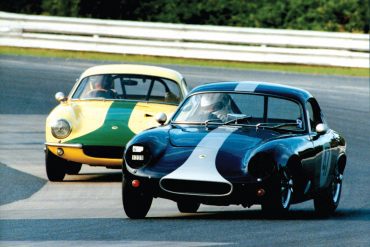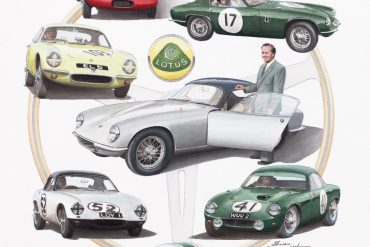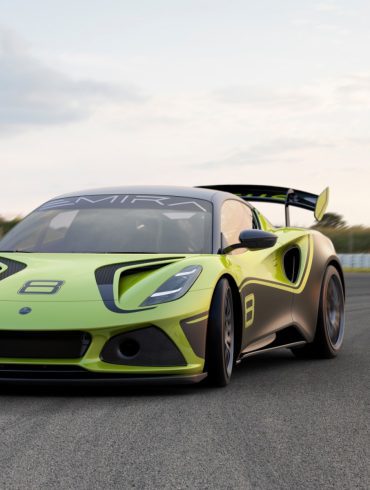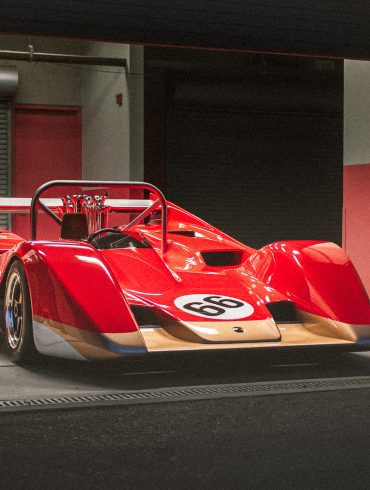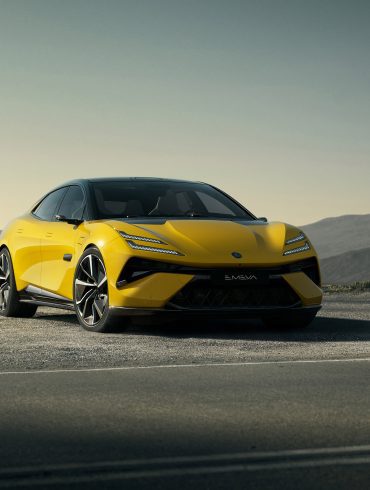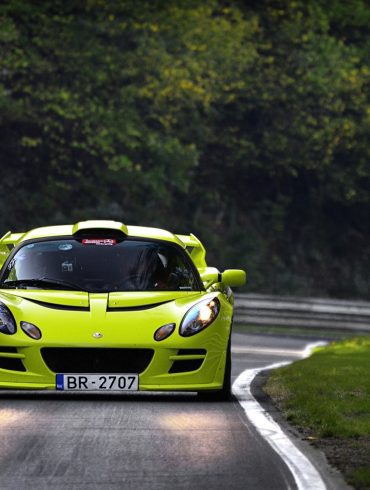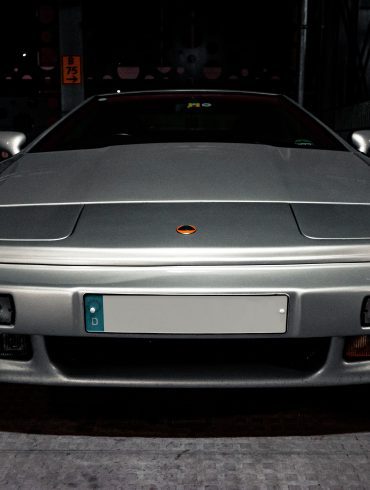Lotus Elite
The original Type 14 (1957-1963) was a groundbreaking sports car. Its aerodynamic fiberglass body, lightweight construction, and nimble handling made it a force to be reckoned with on the track and a darling of enthusiasts. Think: sleek, low-slung, and impossibly agile. A decade later, the Elite name returned (Types 75 & 83) in the form of a luxurious shooting brake. While controversial in its looks, this Elite sought to blend practicality with Lotus's performance pedigree.
Features & Stories / History & Development / Variant List / Models In-Depth / Recent News
The Ultimate Guide To The Lotus Elite: Every Variant, Specs, Reviews, Performance & More
The Lotus Elite is a hallmark of British automotive engineering, encapsulating a blend of innovative design and performance that has left an indelible mark on the sports car landscape. Introduced by Lotus Cars, a manufacturer known for lightweight vehicles and a focus on driving purity, the Elite name has graced several distinct models, each representing a unique chapter in the company's history.
Lotus Elite Type 14
Launched in 1957, the Lotus Elite Type 14 was the first car to bear the Elite moniker. It was a groundbreaking model for Lotus, embodying the company's philosophy of "performance through lightweight" to an unprecedented degree. The Elite Type 14 was notable for being the world's first car with a fully fiberglass monocoque construction, a pioneering approach that significantly reduced weight while increasing chassis rigidity.
Designed by Peter Kirwan-Taylor with aerodynamics by Frank Costin, the Elite's body was sleek and purposeful, boasting an incredibly low drag coefficient for its time. Under the hood, it featured a Coventry Climax FWE engine, a 1.2-liter inline-4, which was later expanded to 1.5 liters in subsequent models. Despite its modest engine size, the Elite's lightweight construction allowed it to punch well above its weight class, offering nimble handling and brisk acceleration.
The Type 14 was also successful in motorsport, clinching class wins at the 24 Hours of Le Mans and achieving numerous victories in other sports car races, further cementing Lotus's reputation in competitive racing.
Lotus Elite Type 75 / 83
The Lotus Elite name was revived in 1974 with the introduction of the Type 75. This model marked a significant departure from the ethos of the original Type 14. The Type 75 was envisioned as a more luxurious and comfortable grand tourer, a response to market demands for higher-end amenities without sacrificing the Lotus trademark of engaging driving dynamics.
The Type 75 featured a fiberglass body over a steel backbone chassis, a common Lotus engineering practice. It was powered by a 2.0-liter 907 DOHC inline-4 engine, which was the first engine designed and built in-house by Lotus. The Elite Type 75 boasted a more spacious and well-appointed interior than its predecessor, with an emphasis on comfort and practicality, including a back seat area that could accommodate small passengers or additional luggage.
While the Type 75 did not enjoy the same level of motorsport success as the Type 14, it was well-received for its blend of performance, comfort, and style. It laid the groundwork for future Lotus models that would continue to balance sportiness with luxury, influencing the design and development of subsequent Lotus vehicles.
The Lotus Elite Type 83, often considered a variant of the Type 75, was essentially the North American market version of the car, equipped with emissions equipment and other modifications required to meet US regulations. It shared much of its architecture and design with the Type 75 but was distinguished by its compliance with stricter safety and emissions standards.
Conclusion
The Lotus Elite models—Type 14, Type 75, and Type 83—each represent a distinct interpretation of the Lotus philosophy, from the pioneering lightweight construction of the Type 14 to the grand touring aspirations of the Type 75 and Type 83. Together, they encapsulate a rich history of innovation, performance, and adaptation to changing automotive landscapes. The Elite name, through these models, has left a legacy of engineering excellence and driving pleasure that continues to resonate in the automotive world.
Lotus Elite Type 14
Manufacturer: Lotus Cars, Bristol Aeroplane Co.
Production: 1957–1963
Designer: Peter Kirwan-Taylor, Frank Costin
Body style: 2-door coupé
Layout: Front-engine, rear-wheel-drive
Engine: 1.2 L Coventry Climax FWE Inline 4
Transmission: 4-speed manual
Wheelbase: 2,242 mm (88.3 in)
Length: 3,759 mm (148.0 in)
Width: 1,506 mm (59.3 in)
Height: 1,181 mm (46.5 in)
Kerb weight: 503.5 kg (1,110 lb)
Did You Know?
The Type 14 had a revolutionary fiberglass monocoque body.
It scored numerous class wins at Le Mans and other prestigious races, proving its performance credentials.
Despite its small size, the Type 14 was designed with a surprisingly usable 2+2 seating layout.
Lotus Elite Type 75 & 83
Manufacturer: Lotus Cars
Production: 1974–1982
Produced: 2,535 produced
Assembly: England
Designer: Oliver Winterbottom
Body style: 2-door 2+2 shooting brake
Layout: Front-engine, RWD
Engine: 2.0 L Lotus 907 I4
Engine: 2.2 L Lotus 912 I4 (from 1980)
Trans: 4-speed manual
Trans: 5-speed manual
Trans: 3-speed automatic
Wheelbase: 2,490 mm (98.0 in)
Length: 4,470 mm (176.0 in)
Width: 1,820 mm (71.7 in)
Height: 1,210 mm (47.6 in)
Kerb weight: 1,112 to 1,168 kg (2,452 to 2,575 lb)
Did You Know?
These Elites marked a radical shift with their shooting brake body style, prioritizing practicality alongside performance.
"Practical" but Polarizing. The styling was loved by some but found odd by many, making it a unique piece of automotive design.
"The Elite is a masterpiece of engineering and design. It's light, agile, and surprisingly refined for a sports car of its time."
Motor Trend on the Elite Type 14
Lotus Elite Variants
Lotus Elite Type 14 (1957 - 1963)
Lotus Elite Type 75 (1974 - 1982)
Lotus Elite Type 83 (1980)
Lotus Elite Model Summaries
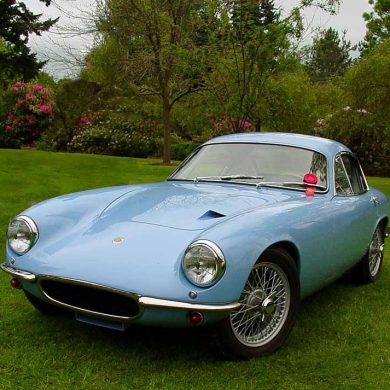
Lotus Elite Type 14
1957-1963 / Type 14
The Lotus Elite was introduced in 1957 and was a truly driver-oriented offering. The world’s first fiberglass monocoque production car, had a stressed-skin fiberglass unibody. Rare, fast and very fun. Best ever.
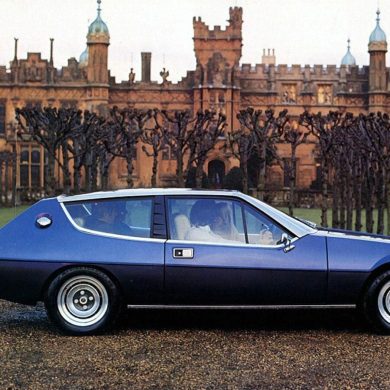
Lotus Elite Type 75
1974-1982 / Type 75
Elite II as it was known was designed to be a luxury 4-seat GT. It replaced the Elan Plus 2 and was a shooting brake design. There were four variations you could buy, a 501, 502, 503 and 504.
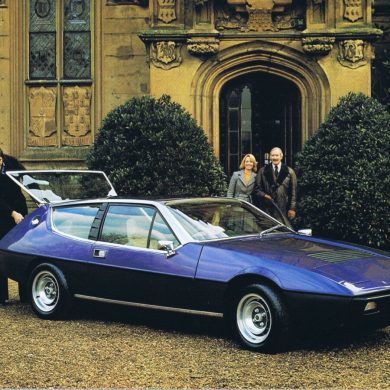
Lotus Elite Type 83
1980 / Type 83
In 1980 the Type 75 was replaced by the Elite Mark 2 Type 83. This version received a larger 2,174 cc Lotus 912 engine. The chassis was now galvanised steel and it got a new Getrag Type 265 gearbox.
"The shooting brake Elite is one of the most unusual and intriguing sports cars ever built."
Car and Drive on the Lotus Elite Type 75/83


